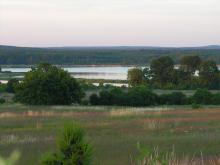 Asset Publisher
Asset Publisher
LANDSCAPE PARKS
 Duży Staw w leśnictwie Tuplice. fot. Paweł Mrowiński
Duży Staw w leśnictwie Tuplice. fot. Paweł Mrowiński
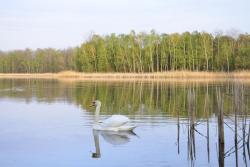 Łabędź niemy. Fot. Paweł Mrowiński
Łabędź niemy. Fot. Paweł Mrowiński
 Kozioł (samiec sarny). Fot. Paweł Mrowiński
Kozioł (samiec sarny). Fot. Paweł Mrowiński

 Opis wydmy nad Dużym Stawem
Opis wydmy nad Dużym Stawem
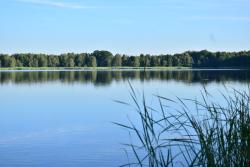 Duży Staw na terenie PK Łuk Mużakowa, 07.08.2016 r., fot. Paweł Mrowiński
Duży Staw na terenie PK Łuk Mużakowa, 07.08.2016 r., fot. Paweł Mrowiński
 Duży Staw na terenie PK Łuk Mużakowa, 07.08.2016 r., fot. Paweł Mrowiński
Duży Staw na terenie PK Łuk Mużakowa, 07.08.2016 r., fot. Paweł Mrowiński
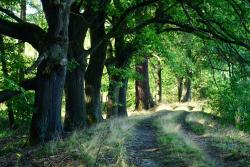 Aleja dębów nad Dużym Stawem, 07.08.2016 r., fot. Paweł Mrowiński
Aleja dębów nad Dużym Stawem, 07.08.2016 r., fot. Paweł Mrowiński
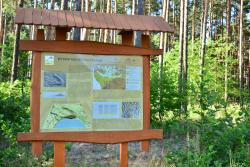 Wydma nad Dużym Stawem - tablica informacyjna, 07.08.2016 r., fot. Paweł Mrowiński
Wydma nad Dużym Stawem - tablica informacyjna, 07.08.2016 r., fot. Paweł Mrowiński
Landscape park is the area treated with protection due to special natural environment values and very attractive historical and cultural characteristics. The main aim of its formation is maintenance, popularisation and dissemination of these values in the rational management conditions.
Within the Forest District Lubsko, in its southern west part, there is a "Muskau Bend" Landscape Park fragment with its area of 3.164 hectares.
It includes among others Duży Staw, that is of great importance for waterfowl. There exists such birds species as: osprey, white – tailed eagle, common goldeneye and red kite.
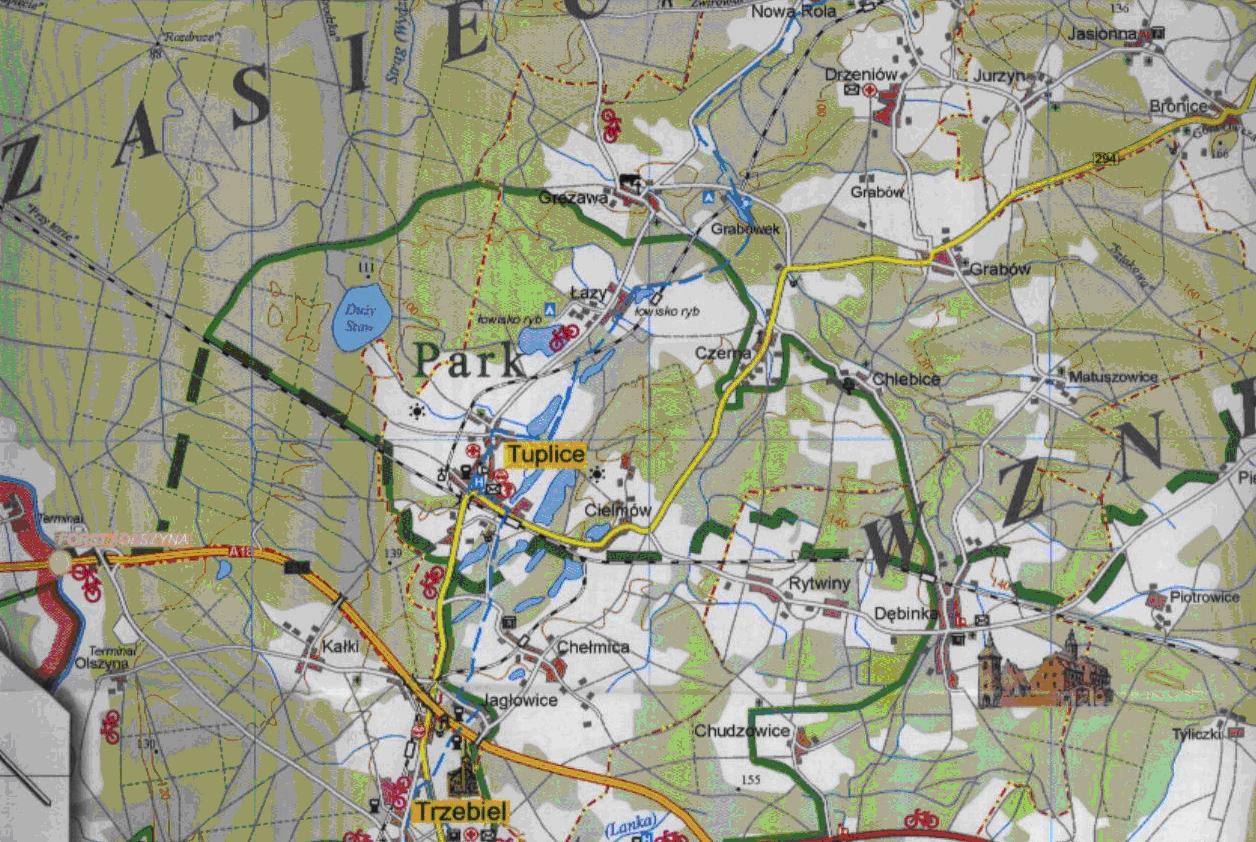
The north part of the "Muskau Bend" Landscape Park is located within the Forest District Lubsko.
The "Muskau Bend" Landscape Park was established in 2001. It is one of the youngest landscape parks in Poland. The seat of the landscape park is located in Łęknica. The area covers 18 200 hectares and belongs to the western part of Wielkopolska Lowland. Żary Upland (Wysoczyzna Żarska) with its range covers the following sub-regions: Lubsko Plain, Obniżenie Łukomskie (depression) and Trzebiel Hills (Pagórki Trzebielskie). In the landscape area, there are clearly distinguished river valleys – the Lusatian Neisse River and the Bóbr River.
The main idea of The "Muskau Bend" Landscape Park establishment was taking under protection in whole below mentioned:
- the "Muskau Bend" lying on the polish border side,
- complex system of the Lusatian Neisse Valley fragment.
The "Muskau Bend" is a moraine belt in the shape of a horseshoe open to the north. This such interesting geomorphologic formation, which was created during the oldest South Polish glaciations, is located on the border of Poland, Brandenburg and Saxony. According to German geologists researches, this is the biggest moraine belt of terminal moraine in the world.
The "Muskau Bend" is about 47 km long, and 3-4 km wide. The culmination within the bend range reaches 182,8 metres over the sea level on the north of the village Czaple Nowe (on the German site – 184,0 metres over the sea level near Dobern). The Lusatian Neisse River, flowing through the "Muskau Bend" around Łęknica and Bad Muskau, divides the moraine belt into two wings of the same size. Despite the fact, it is late glacial area, we can observe there very diversified of its sculpture.
The territory has been inhabited by the Lusatians and the Lusatian Sorbs. They left here many mementos. The brown coal was excavated already in 1840 in small mines. There were about 60 mines in those days, and left very diversified landscape with hollows filling out with water, so called "Anthropogenic Lakeland". After-mine areas undergo succession.
Flora of vascular plants is very rich. Plants, which grow within the eastern border extend, belong to particularly interesting plant – among others fool's - water – cress (Apium nodiflorum) – the only natural site (habitat) in Poland.
Within "Anthropogenic Lakeland", there was stated the occurrence of many species of amphibians and reptiles, including European pond turtle. There is also very rich fauna of birds (146 species, including: heron, osprey and white – tailed eagle). On the area of the park, there are 22 species of mammals taken under legal protection in Poland, like wolf and European otter.






